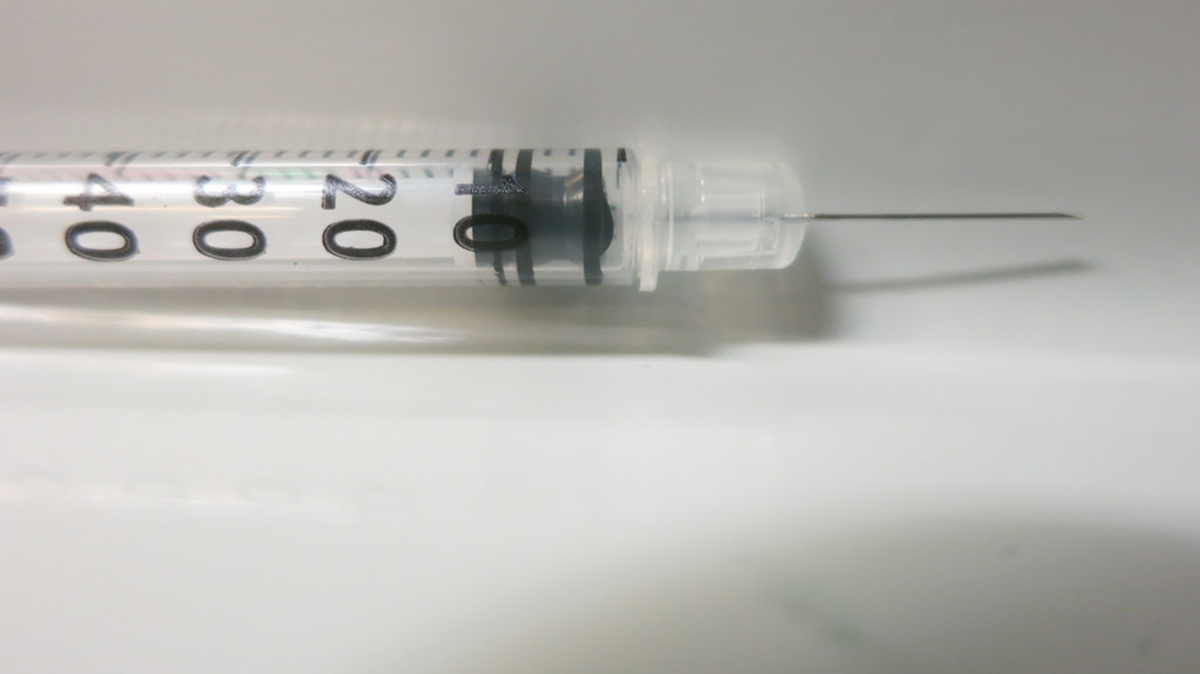Table of Contents
As with many other types of metabolic disorders, glutaric aciduria causes many different symptoms. One way of treating the disease is through the correction of secondary carnitine depletion. Whole-blood carnitine levels can be raised through a person receiving oral supplementation. Through regular intravenous infusions of carnitine, clinical improvement was witnessed and it improved growth, muscle strength and decreased an individual’s reliance on medical foods with high protein content.
Having tryptophan in the body is crucial for the proper synthesis of serotonin in the brain. The process of protein synthesis elicited by amino acids, leads the circulating amino acids in the blood, to be converted into proteins. A doctor may recommend taking tryptophan formulas such as XLys, XTrp Analago and Glutarex 1, which are designed to provide amino acids in order to prevent protein malnutrition.

Other ways of treating glutaric aciduria is restring the amount of lysine in the diet. However, patients who have suffered an encephalopathic crisis may be excluded. Vegetarian diets for younger children and breastfeeding infants are common ways to restrict the amount of protein in the diet without compromising the transportation of tryptophan to the brain.
Prognosis For Glutaric Aciduria
Generally, it can be very hard to diagnose glutaric aciduria early, because it is hampered by a lack of clinical or pathognomic signs and symptoms before an encephalopathic crisis. According to US Library of Medicine National Institutes of Health, 75 percent of infants with the disorder have a large head and smaller brain. Many hospitals now include a GA-1 test as a part of disease panel for newborn screening.
READ Protein in urine: Causes & Risk factors
When glutaric academia is untreated, people will characteristically develop dystonia that is secondary to striatal injury during early childhood. This results in increased morbidity and mortality rates. In individuals who receive early diagnosis during infancy, treatment can begin sooner and the damage to the brain may be lessened.
GA-1 is often misdiagnosed but it may be mistaken for abuse because of the appearance a child may have. Prenatal diagnosis of the disease can be made by the presence of glutaric acid in the amniotic fluid. Timely diagnosis and starting early treatment is extremely crucial, because it is likely to result in a better outcome for the child. However, even when treatment is provided, 25 to 35 percent of children with GA-1 are going to develop some level of motor and intellectual impairment.
If you have a child diagnosed with glutaric aciduria the best thing you can do is educate yourself about the disease. It’s possible to find resources online and consulting with a genetic counselor and a medical specialist, can provide you with a wealth of information that will prove vital in the care and outcome your child faces.
- ghr.nlm.nih.gov/condition/glutaric-acidemia-type-i
- www.oaanews.org/ga-1.htm
- www.omim.org/entry/231670
- www.babysfirsttest.org/newborn-screening/conditions/glutaric-acidemia-type-i
- radiopaedia.org/articles/glutaric-aciduria-type-1
- Photo courtesy of Nick Harris1 via Flickr: www.flickr.com/photos/nickharris1/8500871616
- Photo courtesy of jlcampbell104 via Flickr: www.flickr.com/photos/104346167@N06/15446380632


Your thoughts on this